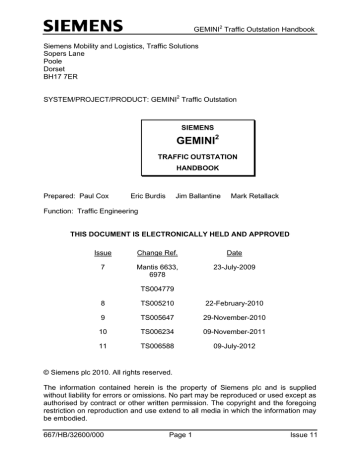
#PING G25 WEIGHT ADJUSTMENT GUIDE DRIVER#
The performance advantage over G30 in terms of speed is going to be marginal as one of Ping's professionals was only gaining 1mph ball speed on a 115mph driver swing speed and he de-lofted his club by 0.25°. Combined with the Dragon Fly design on the back of the crown it does make it look a lot better at address too. The weight saving from the crown, the lighter 8-1-1 Titanium chassis and the various fins mean that the footprint of the head can be a little larger overall and a little more rounded than the G30. This smoothes the airflow as it leaves the head and reduces friction turbulence meaning that the designers can gain extra club head speed at 'no cost' to the weight or design of the club. The back of the head features a new aerodynamic feature called the Vortec which acts like the spoiler on the back of an articulated lorry. Having less loft creates a little more ball speed, so if you are between loft settings then it is probably going to be best to loft down rather than up. This not only makes the club more forgiving, but also enables you to play a little less loft as the deeper CG launches the ball more easily. The drop in CG height of the G is a bigger change from the G30 than between the G30 and G25 and keeps Ping's CG position as the lowest and deepest amongst the major manufacturers. This saves 8g of weight which is then moved to the sole to move the Centre of Gravity (CG) 1.2mm lower and 1.6mm deeper than in the G30. The result is a titanium crown that is just 0.43mm thick in places, well below the 0.5mm minimum that was previously thought possible. Underneath this on the inside is another lattice you can't see that does the same job. Ping's designers took this theory into titanium and what you can see is the beams supporting five sections of thinner material on the crown. Inspired by the wings of the said insect captured on camera by CEO John Solheim and sent to his designers whilst on holiday in 2011, these maintain a strong structure using beams to support the rest of the wing. However what you will notice more on the crown is the Dragon Fly Technology. The Ping G driver sees some remodelling of the size and angle of the Turbulators and when visiting their factory I saw some of the variations they tried in testing. The previous G30 driver introduced us to the Turbulators on the crown of the club that act to disrupt the airflow over the head to allow it to move through the air faster. The sixth iteration is simply called the G driver and when I asked Ping why, they said they felt the numbers were getting too large, but this does not mean it is the final version of the range either. With each iteration they have managed to move the design forward, thanks in part to having longer product life cycles between versions than most manufacturers.



When they combined a forgiving performance head within a good looking package then it's going to work. Right from the start of the G driver franchise in 2004, Ping has had a top selling product on its hands and with good reason.


 0 kommentar(er)
0 kommentar(er)
